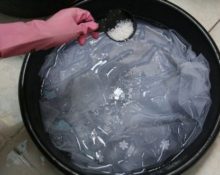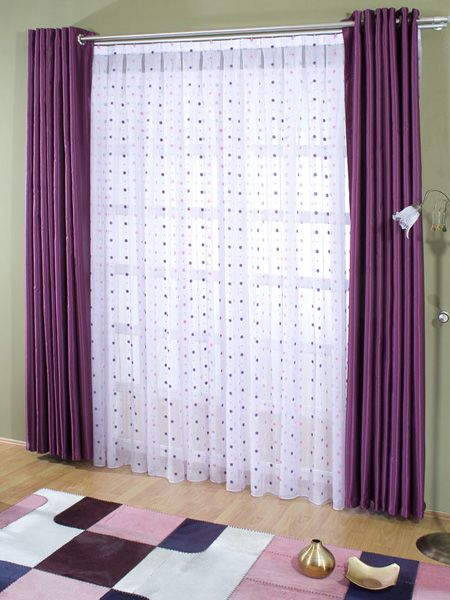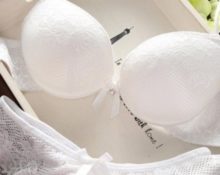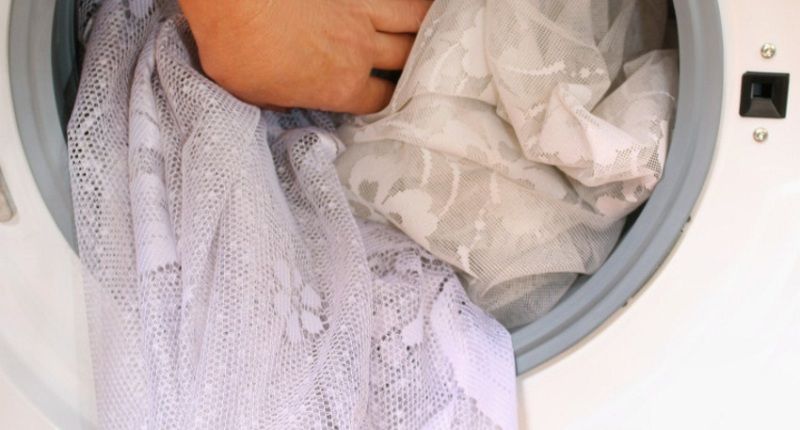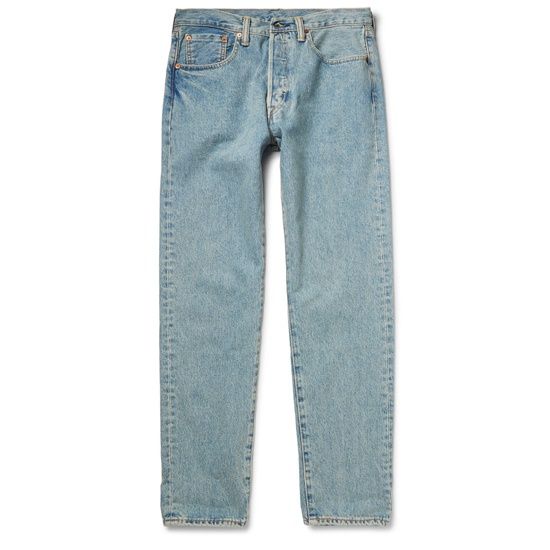Beautifully designed windows add completeness and style to the room. But only if the window tulle retains its whiteness and feeling of freshness. Unfortunately, under the influence of the sun, as well as due to dust and other contaminants, curtains often acquire a grayish or yellowish tint. Don't immediately revise your budget to allocate funds for new window decorations. Tulle can be bleached, returning it to its original whiteness.
Methods for bleaching curtains

There are several ways to help make tulle snow-white again. Both hand washing and using a washing machine give good results. As a laundry detergent, you can use not only synthetic detergents, but also proven folk methods. Many housewives have already chosen “their” product, effective and reliable.
Important! Before bleaching, you must first thoroughly shake off the fabric to remove dust.Bleaching of dusty fabrics will be uneven and stains will appear on the curtains.
If you haven't tried bleaching your curtains at home yet, we'll tell you how to do it so that you'll be pleased with the results.
Bleaching curtains in the washing machine

Thin and delicate fabric, which is used to sew tulle curtains, does not exclude the use of a washing machine for washing and bleaching them. In order for the procedure to return whiteness without damaging the fabric, you need to choose the right mode and detergent.
Pre-soak
The washing result will not disappoint if the curtains are pre-soaked. First, thoroughly shake off the dust from the curtains. Then they are immersed in a bowl of warm soapy water and left for several hours or overnight.
Mode
After soaking, the tulle can be washed. For delicate fabrics, only a delicate wash cycle with a minimum temperature (30°), double rinse, and a low number of revolutions (400) is suitable.
Important! To avoid creases in the material and make it easier to smooth out, you need to carefully roll the tulle before putting it in the drum of the washing machine.
Chemicals
 An important point to achieve results is the choice of detergent. You can use any chemical suitable for your car, but only if one condition is met: the substance must not contain chlorine. In this case, washing can clean the material without damaging it.
An important point to achieve results is the choice of detergent. You can use any chemical suitable for your car, but only if one condition is met: the substance must not contain chlorine. In this case, washing can clean the material without damaging it.
Manual whitening
You can also wash the tulle by hand. If you choose the right product, this is easy to do. Not only special synthetics are suitable for this, but also simple substances that every housewife has.
Simple remedies

Salt
Table salt can bleach various materials well, so experienced housewives often use it when doing laundry. Salt will also not harm the delicate fabric of window curtains if it is properly diluted in warm water. Solution proportions: salt – 1–2 tbsp. l., water – 5 l. The curtains are immersed in water with salt and left there for 0.5 hours. Do not rub the fabric; you can carefully turn it over, trying to keep all the material under water. Then the curtains are rinsed in cool water and dried.
Blue
A rinse in blue water will return the curtains to their former whiteness.
Important! When using blue, curtains are washed first. Bluing material that has not been washed may leave stains on it.
Washed curtains can be rinsed in a special solution. Pour blue (1 capful) into cold water (8–10 l), stir thoroughly until the water turns blue. Immerse the curtains in water and rinse them thoroughly. After this, all that remains is to dry the tulle and hang it on the windows.
Hydrogen peroxide and ammonia
In many first aid kits you will find a disinfectant such as hydrogen peroxide. It can also be successfully used for household purposes, for bleaching curtains. Peroxide is especially effective in combination with ammonia. Method of using the drugs: add peroxide (2 tbsp) and ammonia (1 tbsp) to 5 liters of cold water. Everything is stirred until smooth, after which the tulle is dipped into the solution. After the fabric is completely immersed in the liquid, the material is kept for half an hour. During this time, the fabric bleaches; all that remains is to rinse it.
Zelenka

Another remedy from the first aid kit is a solution of brilliant green. Green paint will also do the job well and make the curtains snow-white.You should be careful when growing greens. First, the substance is diluted in a small amount of water: 10 to 15 drops of brilliant green are enough for 1 glass. Mix the greens and water thoroughly, and then leave the glass for 5-10 minutes to check if sediment appears in the liquid.
Important! If the drops of brilliant green do not completely dissolve during initial stirring, you need to stir the liquid again or strain it.
A glass with completely dissolved greenery is added to a washing container (basin, bucket) with a sufficient amount (8–10 l) of warm water and stirred thoroughly again. Now the curtains, which must be pre-washed, are immersed in the green liquid. There is no need to leave the fabric in the green solution for a long time, 3-5 minutes is enough. During this time, it will be useful to carefully turn the material over several times. When using green paint, additional rinsing of the curtains is not required.
Store products
Modern industry produces various synthetic products that can be used to bleach tulle curtains.
Bleaches
When choosing a bleach, you need to be attentive to its composition and properties. The use of chlorine-containing substances is not recommended: they can lead to rapid wear of the delicate material. But the use of oxygen bleach will return the material to its white color, and at the same time will not harm the structure of the fabric. A good result will be achieved by using optical brightener.
Important! Optical brightener is not recommended for patterned fabrics; it is most suitable for smooth materials.
The method of using bleaches is simple. Bleaching can be combined with washing.In this case, bleach is added to the machine, like detergent, only in a different compartment. Or you can dilute bleach in water and soak the washed curtain. In any case, you must strictly follow the instructions for using a particular substance. This way you can safely restore the fabric’s freshness.
White

Whiteness is the only reliable bleach for the older generation. Of course, you can preserve the traditions and use this composition today. The whiteness is reliable and copes with any dirt and stains. However, when choosing this product, you should keep in mind: when removing stains from fabric, whiteness has a destructive effect on the structure of materials. Delicate tulle will not be able to interact with whiteness, remaining unchanged. Any careless action or slight tension will lead to rupture of the structure damaged by whiteness.
Important! If you do decide to use bleach for whitening, do not use it constantly. A single application of white will be optimal for fabric.
Stain removers
To return tulle curtains to their snow-white appearance, you can also use one of the modern stain removers. These compositions are designed to remove stains and dirt from various fabrics, including tulle. These chemicals must be used in strict accordance with the instructions for the specific substance. When removing stains, stain removers are applied only to problem areas, and then the entire curtain is washed. You can also bleach using a stain remover. In this case, the substance must be added to the water in which the fabric will be soaked. After soaking and subsequent washing, the tulle will become noticeably whiter.
Recommendations for bleaching different fabrics

Interior designers recommend using different fabrics for window decoration. Caring for various materials at home has its nuances.
- Nylon fabrics can be bleached well using green, salt, blue, and laundry soap dissolved in water. Hot water is not recommended for nylon; the optimal temperature should not be higher than 30°; both hand and machine washing are possible.
- Silk and chiffon fabrics prefer hand washing. For bleaching, it is best to add salt to water; you can mix it with laundry soap.
- Cotton fabrics respond well to machine washing; you can also soak and wash them by hand with the addition of peroxide and ammonia.
- It is better to bleach organza fabrics using simple products (salt, brilliant green, blue), which are added to warm (not higher than 30°) water. Stain removers and whiteness are not recommended.
Timely care and care of a proven product will help your curtains be snow-white all year round!


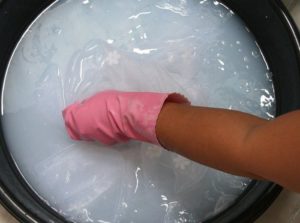
 2
2